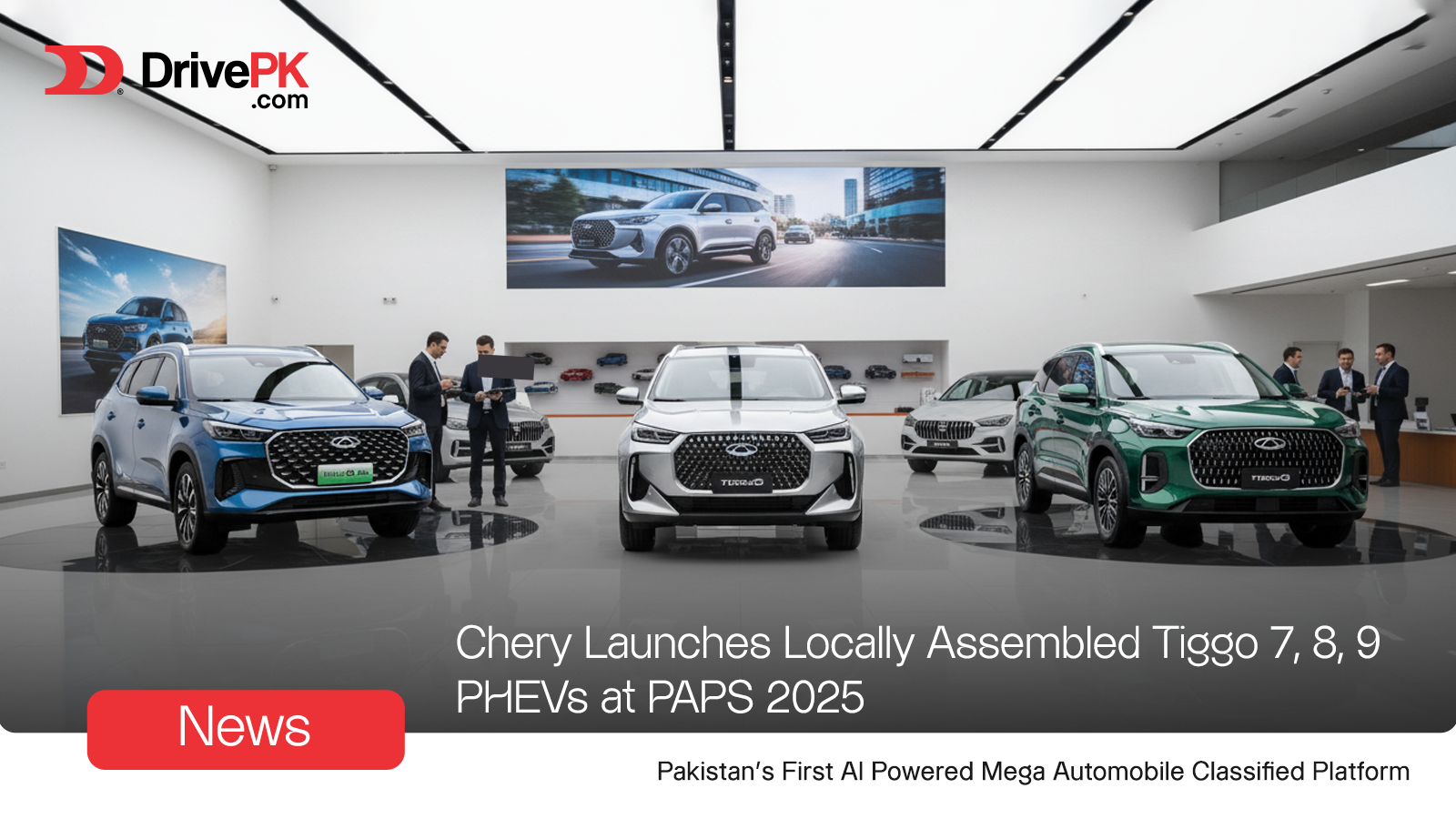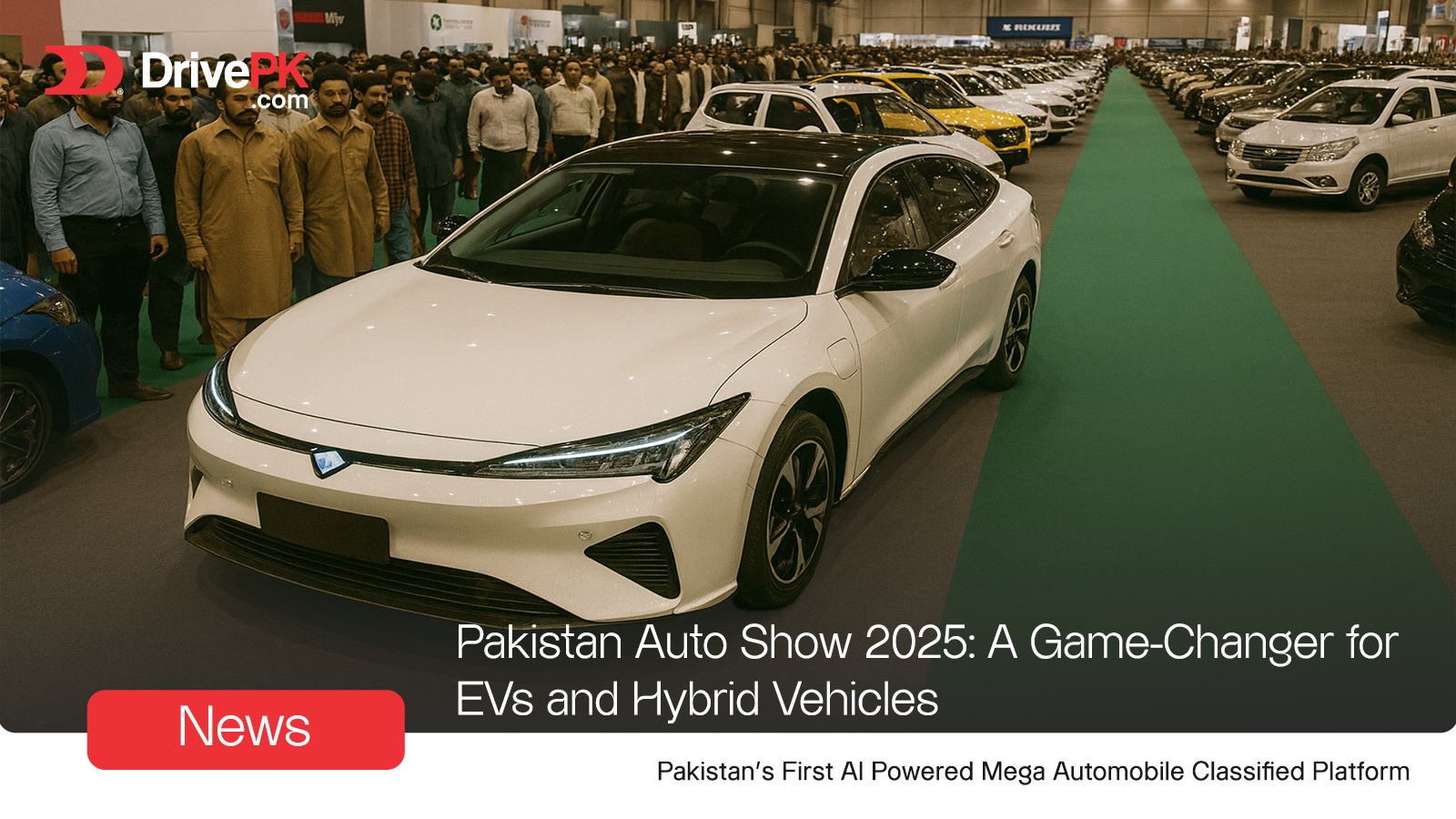E-Rickshaw Project Gains Ground in Peshawar
The Khyber Pakhtunkhwa government moves ahead with its E-Rickshaw Project in Peshawar, led by Secretary Adeel Shah. With 500 electric rickshaws, solar charging hubs, and training programs, this initiative promises cleaner air, quieter streets, and lower fuel costs, a real shift toward smart, sustainable transport in Pakistan.

Table of Contents
- The Meeting in Plain Terms
- Why Peshawar Needs This
- Real Benefits for Real People
- Infrastructure That Makes Sense
- Training Keeps It Safe
- Who Showed Up
- Numbers Tell the Story
- Timeline People Can Track
- Listening to Locals
- Challenges Ahead
- Bigger Picture
The Khyber Pakhtunkhwa Planning and Development Department just wrapped up an important steering committee meeting. The focus? Electric rickshaws for Peshawar. Secretary Adeel Shah chaired the session. Everyone left with a clear picture of what’s done and what’s next.
The Meeting in Plain Terms
Officials sat down to check facts. They reviewed completed work, costs, and timelines. Benefits took center stage. So did the nuts and bolts charging points, road upgrades, and driver training. The roadmap now has firm dates. No vague promises. Just steps.
Why Peshawar Needs This
Traffic here is loud and smoky. Old rickshaws burn petrol and spit out fumes. Kids breathe it on the way to school. Shopkeepers cough through the day. E-rickshaws change that. They run quiet. They cost less to operate. A full charge covers most daily routes. Drivers keep more earnings. Passengers pay similar fares but ride cleaner air.
Real Benefits for Real People
Take a student heading to college. She hops in, plugs her phone, and arrives on time without the usual headache from noise. Or a vegetable seller. His battery swaps in minutes at a station. No long fuel queues. Less downtime means more sales. Families notice too. Monthly transport bills drop. That money buys groceries instead.
Infrastructure That Makes Sense
Charging hubs will sit near markets and bus stops. Solar panels on some roofs cut grid strain. Roads get minor fixes—smoother turns, wider lanes where needed. Nothing fancy. Just practical.
Training Keeps It Safe
Drivers learn battery care and safe speeds. A short course. Free. Certified mechanics open small workshops. Jobs follow.
Who Showed Up
Planning and Development led. Transport, Environment, Energy, and Local Government sent senior staff. Police discussed traffic flow. The power company promised reliable supply. This wasn’t a photo-op. Each department brought data and left with tasks.
Numbers Tell the Story
First phase: 500 e-rickshaws. Each replaces one petrol model. That cuts roughly 1,000 liters of fuel per month per vehicle. Multiply it. Air quality improves fast. Noise drops overnight in pilot zones.
Timeline People Can Track
Prototypes hit the streets in three months. Full rollout starts six months later. Stations finish first. Then vehicles. Then training. Public demos let residents test rides and ask questions.
Listening to Locals
Committees will visit bazaars. Drivers share worries. Women suggest pickup points near schools. Feedback shapes the final plan; there is no top-down push. Real input.
Challenges Ahead
Batteries cost money up front. Subsidies bridge the gap. Old rickshaw owners need transition help, trade-ins, or soft loans. Grid upgrades in older areas take time. But solutions exist. The meeting mapped them.
Bigger Picture
Peshawar tests the model. Success here spreads to Abbottabad, Mardan, and Swat. One city at a time. Cleaner air. Lower costs. Less dependence on imported fuel.
This project isn’t flashy. It’s useful. It puts people first: drivers, passengers, kids on sidewalks. And it starts with a battery and a quiet motor. For more updates, visit DrivePK.com
Tags
Share this article
About the Author
Najeeb Khan
Automotive enthusiast and writer
Comments (0)
Login Required
You need to be logged in to comment on this article.
No comments yet. Be the first to share your thoughts!
Related Articles

Chery PHEVs Shine at PAPS 2025: Tiggo 7, 8, and 9 Go Local
Chery unveiled the Tiggo 7, 8, and 9 PHEVs at PAPS 2025, offering strong hybrid power, long range, and local assembly advantages, ideal for Pakistan’s growing plug-in market.

Day 1 at PAPS 2025: Fresh Rides from Top Brands
PAPS 2025 Day 1 delivered major EV and hybrid debuts from Changan, MG, GAC, Chery, Suzuki, and Dongfeng, marking Pakistan’s strongest shift toward electrified and locally assembled vehicles yet.

MG Binguo EV Hits PAPS 2025: A Simple City Ride
MG introduced the Binguo EV at PAPS 2025, offering a 333 km range, compact design, and affordable pricing, plus a first look at the powerful MG U9 pickup for Pakistan.